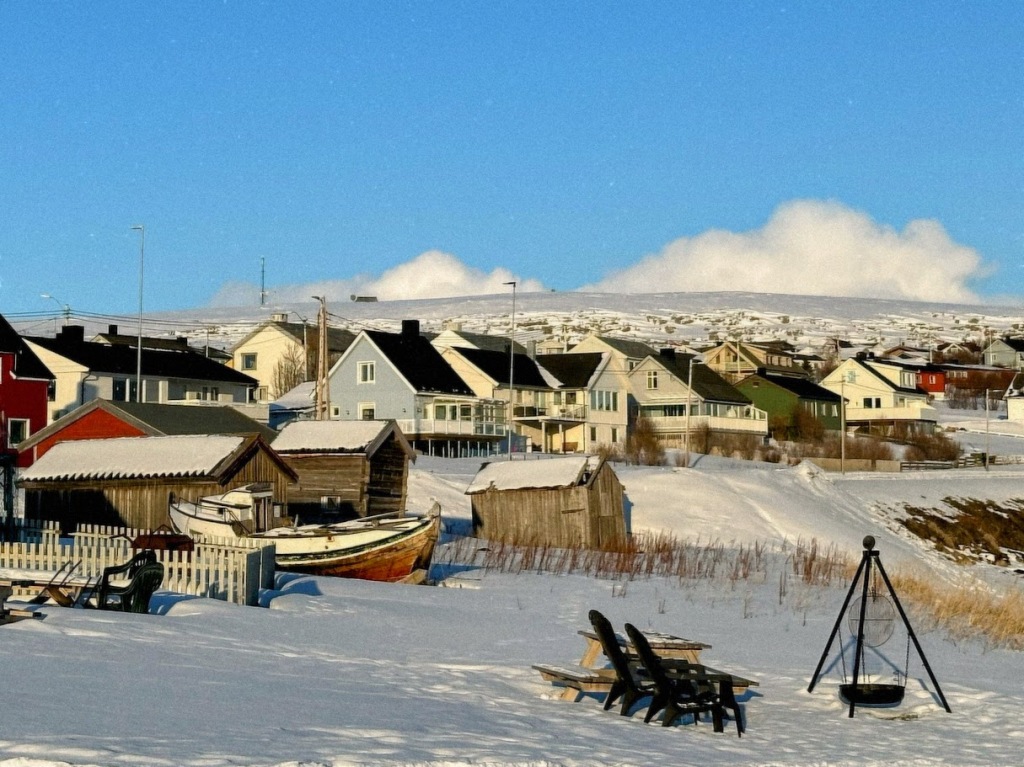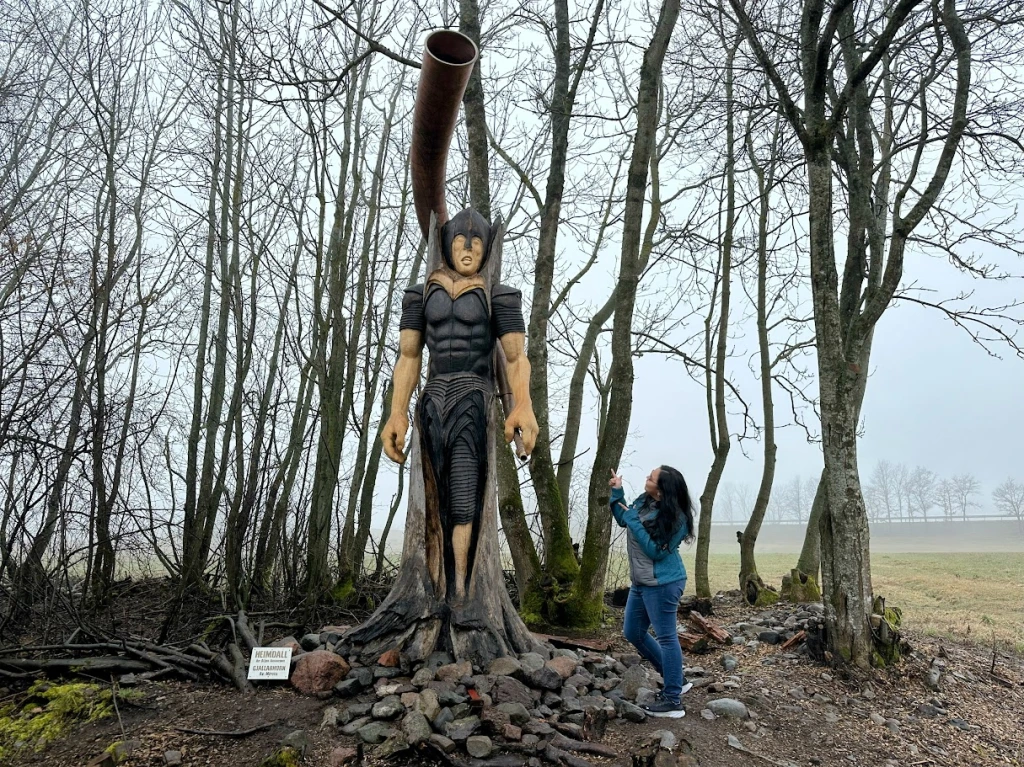What to do when your husband has a worktrip in a nearby city? Tag along, of course! We left home at 07:30 am to avoid traffic, and welcomed the beautiful autumn sunrise on the road. There are a few route options to Moss, like 1) going through Oslo, 2) taking the Oslotunnelen or 3) taking the ferry from Horten. We went for number 3.
This trip happened in September 2021, pre-omicron variant. At 08:30 am, we reached the port. The shipping line is called Bastø Fosen. Established in 1995, and it takes about 30-35 minutes to reach the other side of the Oslofjord – enough time to explore the ship a bit! For information about fares, schedules and other FAQs about the ferry, visit: https://basto-fosen.no/en/.
After the refreshing early morning cruise, we drove towards the city center in Moss. Since Carl had to work, I had to explore the city on my own. But I’m no stranger to solo-traveling, so I made the most of it, geocaching and taking photos, and most especially, learning about the city.
Moss became a city in 1720. Since then, it has been “one of the oldest and most versatile industrial cities in Norway” (Visit Norway). In Moss, you can visit beaches with different terrains, art galleries and handicraft workshops, and historical and industrial museums.
I started hunting for geocaches by the Upper Square (Øvre Torg) and down towards the Moss river.
My first cache was a DNF. I looked and looked, but it was nowhere to be found. It was located on a hill with a nice view of the Oslofjord. There was a cannon on top, placed there in 1825. Interestingly, the cannon was fired whenever a fire was observed in the city, so it was like a signal system which if combined with church bells, denotes a bigger fire.
Giving the first cache up, I walked down towards the river Moss.
Geocaching really leads you to weird places, like under bridges, on riverbanks, in churches, etc. It’s a great way to really get to know a city. Just be careful though and avoid dodgy places!
Walking further, I reached the Mossefossen (waterfall), which has hydropowerplants that helped the city establish its milling, water and paper industries. The waterfall has a height of 23.5 meters, and the first power plant was built in 1883.
As Moss was a city dependent on ironworks in earlier times, there’s a line of houses called Verket where people lived while working for the iron industry. The street (also called Verket) leads to the river Moss. Then. there’s the Moss City- and Industrial Museum, which was unfortunately “Temporarily closed”. I checked and it’s still closed up to this day.
Another interesting building in Moss is the Gudegården, known as the oldest house in the city. The house was from 1683, and has two stories. Interestingly, the wooden building had survived two fires, one in 1807 and another in 1858, according to Geocaching app. Currently, the house is location to the Bare Cafe & Restaurant, which was also closed during my visit.
I walked all the way to Moss church, where a parish man approached me and asked if I was the “ungdom” (youth) he was supposed to meet for some choir activities or somethings. I politely said no, and had to explain geocaching to him. He seemed enthusiastic and curious, but also understanding. He said that it was quite a concept. Then, he walked back to the church’s entrance, looking out for the people he was to meet.
The church was facing a huge park and playground, and it was teeming with people on a hot September day. I was getting hungry by the time I left the church, but I wanted to find more caches before buying some late lunch. The next cache was a Norgesboks, a series of big box geocaches with a codelock. They are usually placed in big cities. In Moss, you’ll find one in this yellow building, which also shelters Kirkensbymisjon, a non-profit charitable institution in Norway.
For lunch, I had a small kebab roll. Then, I went for my last stop – the Bytårnet (or City Tower). It was built in 1920 and erected to mark the city’s 200th year! 16 meters in height, it was made of stone and situated beside an old oak tree that was planted in 1914. 🙂
Unfortunately, the tower was not open for visitors, and more sadly, I did not find the geocache. XD All in all, I found 7 caches on my own and I’m proud. 🙂 Usually, it’s Carl with the good eye for caches.
Anyway, we left Moss at 2pm, and took the Oslo tunnel going home. I had a great day in Moss, which left a nice impression. Cheers to more roadtrips! #spreadloveandpositivevibes
ALL PHOTOS AND VIDEOS ON THIS BLOG ARE MINE.

































Leave a comment